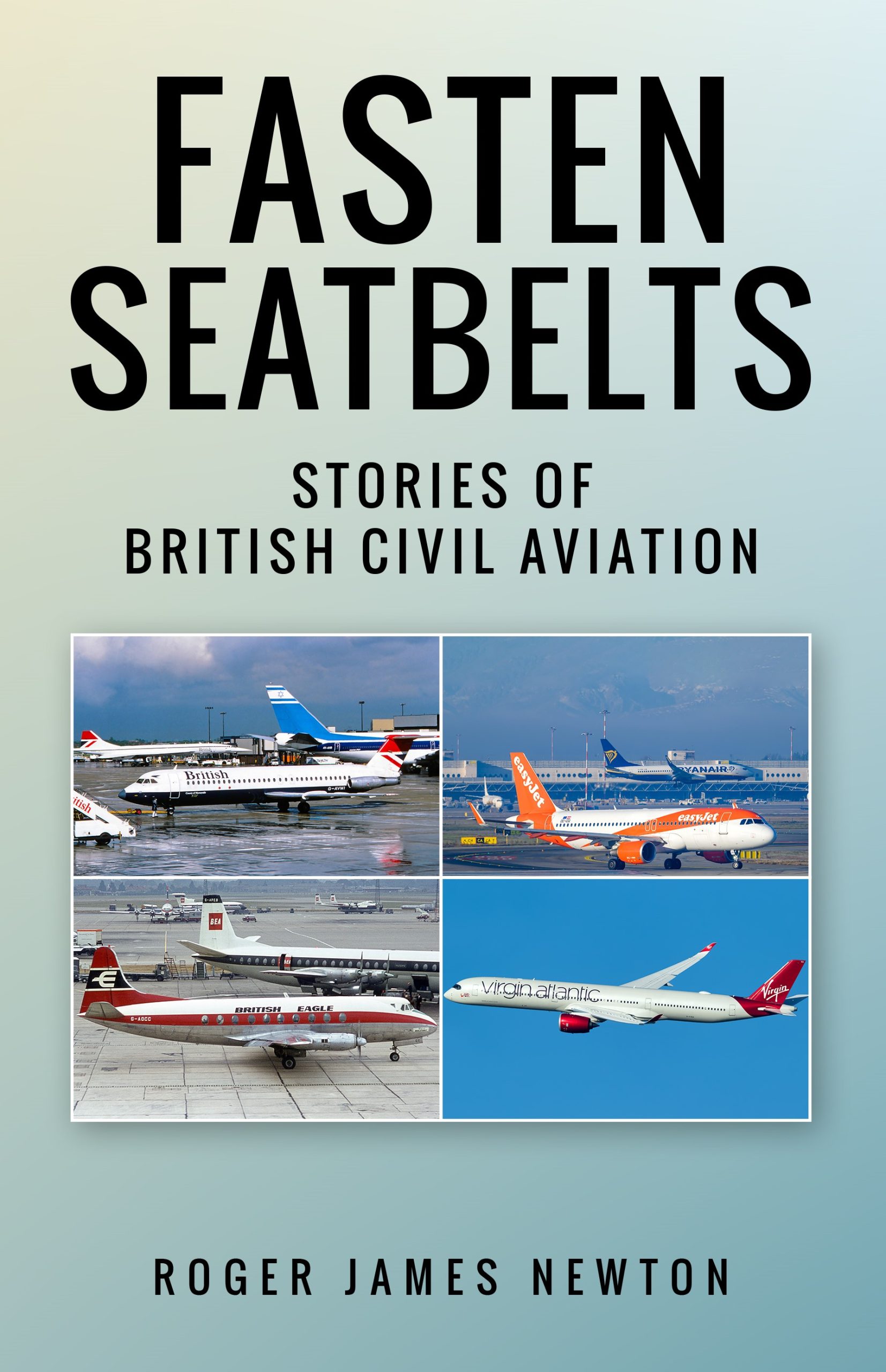In 1948, West Berlin was a city on the edge. It was cut off by land, threatened by political pressure, and facing starvation. Enter the Berlin Airlift. But what history often forgets is how this humanitarian mission became aturning point and sometimes a salvation for many British independent airlines.

In Fasten seatbelts – Stories of British Civil Aviation, Roger James Newton brings to life this crucial chapter where civil aviation became both hero and survivor. The Berlin Airlift wasn’t just a triumph of logistics and cooperation. It became a rare lifeline for struggling post-war carriers, especially the smaller Independents.
With the Soviet Union blocking all land access to Berlin in 1948, the Allied powers turned to the skies. Britain, alongside the United States, orchestrated a continuous operation—flying in fuel, food, and medicine to two million Berliners.
But the RAF and the British State-owned airline corporations alone couldn’t provide the required British participation. The British government invited Independent airlines, small, often financially struggling carriers, to contribute. What they lacked in polish, they made up for in grit. For many, it was a golden ticket.
Airlines like Skyways, Eagle Airways, and Bond Air Services stepped up. With war-surplus aircraft like the Avro Yorks and converted Halifax bombers, these carriers flew thousands of sorties. It wasn’t glamorous. Pilots braved weather, fatigue, and tight landing slots at Tempelhof Airport. But their efforts proved their capability.
These operations gave Independent Airlines three priceless assets: credibility, cash flow, and confidence. Government contracts covered costs. Public recognition boosted their profile. And, after years of wartime upheaval, they proved their resilience.
The Berlin Airlift became a proving ground. The logistical demands, from the tight schedules, aircraft turnaround, and night flying, honed the efficiency of these airlines. They gained experience with complex coordination and high-pressure delivery.
This readiness later helped them pivot from freight and charter services into package holidays, and eventually to scheduled operations, forming the backbone of Britain’s aviation growth in the 1950s and 60s.
Government and public attitudes began to shift. Before the Airlift, Independent airlines were often dismissed as amateur or second-rate. Afterward, their role in a national mission earned respect and sometimes policy change.
Newton notes that while State-owned carriers like BOAC and BEA remained dominant, the success of Independents during the Airlift opened space for debate on competition, support, and private sector roles in British aviation. In particular the British Government had to accept that the State did not have a long-term role in either airlines or in civil aircraft manufacturing.
Some of the airlines that cut their teeth during the Berlin Airlift went on to shape post-war air travel. That great British civil aviation pioneer,,Freddie Laker, made his first fortune during the Airlift and his early experience with aircraft conversions and logistics began here. Others like Britannia and British United Airlines rose from the ashes of smaller wartime or Airlift operators.
The Airlift, thus, wasn’t just an international operation. It was a national training ground, launchpad, and incubator for British civil aviation. The Berlin Airlift may be remembered as a Cold War showdown or a humanitarian miracle. But as Fasten seatbelts so powerfully illustrates, it was also a turning point for many of Britain’s independent airlines, which shows that from crisis came opportunity, and from coal and powdered milk flights came confidence and evolution.
For more information and insight, please read Fasten seatbelts – Stories of British Civil Aviation.